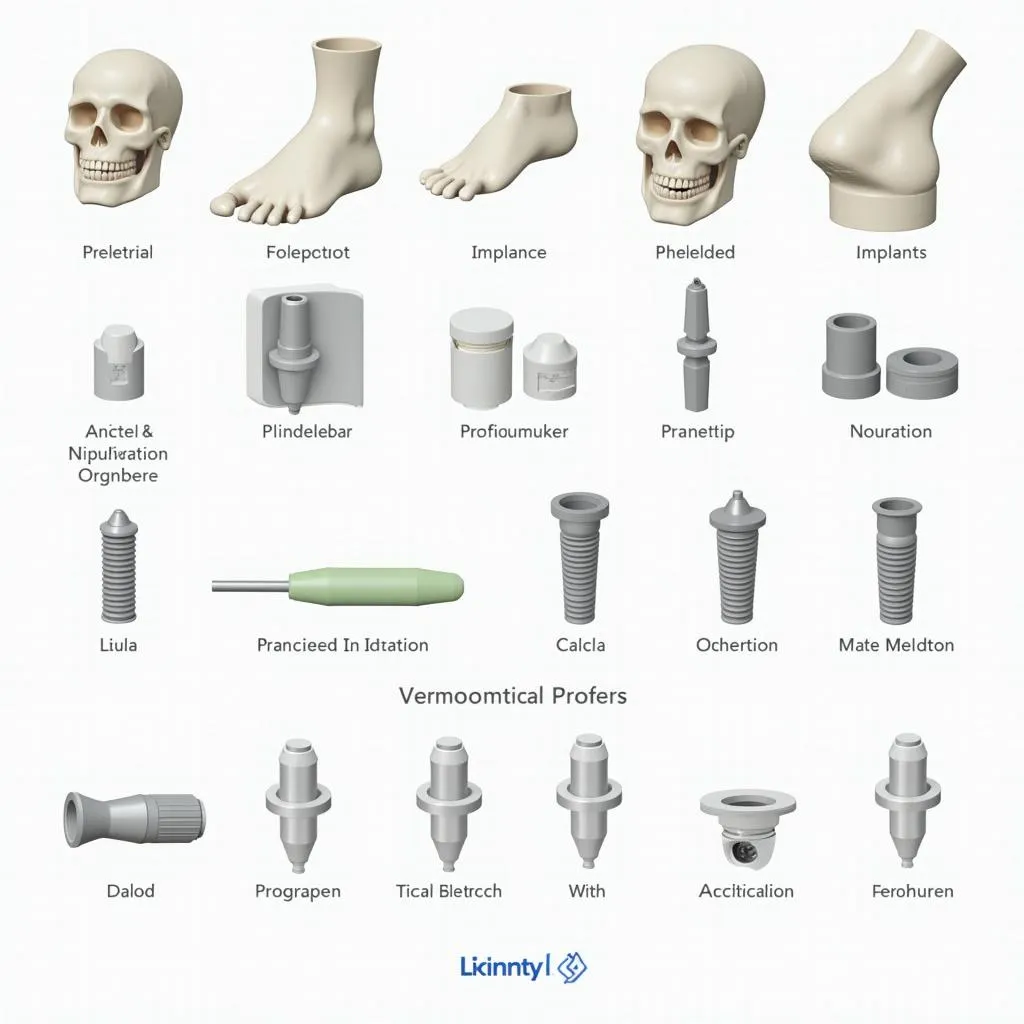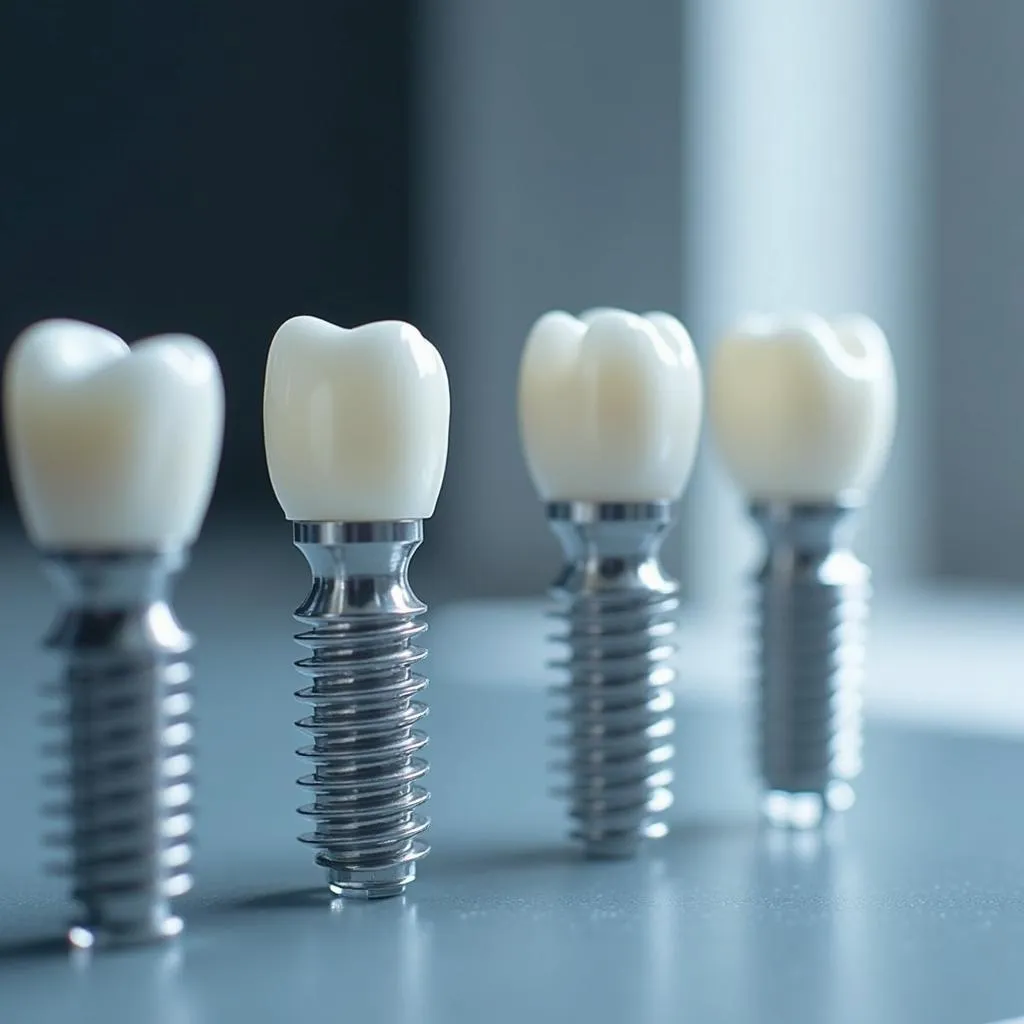Summarize Written Text is one of the important tasks in the Speaking & Writing section of the PTE exam. This task evaluates your ability to comprehend, summarize, and organize written content into one concise sentence. One of the common topics that may appear is “3D printing and its impact on healthcare.” In this article, we will provide practice samples based on this theme and offer insights on how to achieve band scores from low to high.
Sample Summarize Written Text Task on 3D Printing in Healthcare
Task Prompt:
Recent advances in 3D printing have revolutionized various sectors, including healthcare. The technology enables the creation of customized medical devices such as prosthetic limbs, implants, and surgical tools, allowing for more precise and patient-specific solutions. Additionally, 3D bioprinting, which involves printing living tissue, has the potential to generate human organs for transplant, which may solve the critical global issue of organ shortage. However, challenges such as high costs and regulatory hurdles slow down the widespread adoption of 3D printing technologies in the healthcare industry.
Your task: Summarize the passage in a single sentence.
Sample Answers Based on Band Scores
Band Score 90-79:
3D printing is revolutionizing healthcare by enabling the creation of customized medical devices and bioprinting for potential organ generation, but its growth is limited by high costs and regulatory issues.
Content: The answer captures all key points, including both the benefits (customized devices and bioprinting) and challenges (cost and regulations).
Form: Fulfills the requirement of placing information in one complete sentence.
Grammar: No grammatical errors present.
Vocabulary: Advanced terms like “revolutionizing,” “customized,” and “bioprinting” are effectively used.
Spelling: No spelling errors.
 3D printing enables the creation of custom medical devices and bioprinting for organ generation
3D printing enables the creation of custom medical devices and bioprinting for organ generation
Band Score 78-65:
3D printing in healthcare allows for custom medical devices and potential organ creation, but is limited by cost and regulation issues.
Content: Includes most of the main points; however, discussion about 3D bioprinting is slightly oversimplified.
Form: Uses correct sentence structure.
Grammar: Correct grammar overall.
Vocabulary: Appropriate, but simpler terms (“custom” instead of “customized”, “organ creation” instead of “organ generation”).
Spelling: No spelling errors.
Band Score 64-50:
3D printing allows doctors to make custom devices for healthcare but it is expensive and not fully accepted.
Content: Misses some key details such as the bioprinting aspect and the reference to global organ shortages, which weakens the summary.
Form: The sentence is complete and coherent.
Grammar: Minor errors with sentence structure (“but it is expensive and not fully accepted” could be rephrased for clarity).
Vocabulary: Uses basic vocabulary like “make” instead of more advanced terms (e.g., “create” or “manufacture”).
Spelling: No spelling errors.
Band Score 49-30:
3D printing is used in healthcare but it’s expensive.
Content: This response is significantly lacking important information about the advances in bioprinting, customized devices, and the barriers to widespread adoption.
Form: The sentence is very simple and misses critical details.
Grammar: Basic grammar is correct, but the sentence is too short to be a comprehensive summary.
Vocabulary: Very basic vocabulary is used without any advanced terms.
Spelling: No spelling errors.
Vocabulary and Grammar Breakdown
Here are 10 key vocabulary words encountered in this prompt, which are vital for understanding the topic of 3D Printing In Healthcare. We encourage learners to familiarize themselves with these words to enhance their fluency in such academic contexts.
-
Revolutionize /ˌrevəˈluːʃənaɪz/ (v): To bring about a significant change or transformation.
Example: “3D printing has revolutionized the way medical devices are produced.” -
Customized /ˈkʌstəməzd/ (adj): Made to fit the specific needs or preferences of an individual.
Example: “Customized implants improve the success rate of surgeries.” -
Prosthetic /prɒsˈθetɪk/ (adj): Related to an artificial body part.
Example: “The patient received a prosthetic leg created using 3D printing.” -
Implant /ˈɪmplænt/ (n): A medical device placed inside the body.
Example: “Dental implants are now often made using 3D printing technology.”
 3D-printed dental implants made through advanced technology
3D-printed dental implants made through advanced technology
-
Bioprinting /ˈbaɪoʊˌprɪntɪŋ/ (n): The process of using 3D printing technology to produce biological materials, such as tissues and organs.
Example: “3D bioprinting holds the promise of organ regeneration.” -
Transplant /ˈtrænsplænt/ (n): The process of moving tissues or organs from one body to another.
Example: “3D-printed tissues could eliminate the need for traditional transplants.” -
Shortage /ˈʃɔːrtɪdʒ/ (n): A deficiency or lack of something that is needed.
Example: “3D-printed organs could help solve the shortage of donors.” -
Regulatory /ˈrɛgjʊlətɔːri/ (adj): Related to the rules or laws governing a particular field.
Example: “Regulatory hurdles are slowing the adoption of bioprinting technology.” -
Adoption /əˈdɒpʃən/ (n): The act of starting to use something new.
Example: “There is a growing adoption of 3D-printed devices in healthcare.” -
Precise /prɪˈsaɪs/ (adj): Exact and accurate, especially in details.
Example: “3D printing allows for more precise treatment solutions.”
Conclusion
Mastering Summarize Written Text in the PTE Speaking & Writing section is essential for achieving your desired band score. The provided example using the topic of 3D printing in healthcare explores a common contemporary theme you might encounter. As discussed, focusing on including all key points in one concise sentence, maintaining grammar accuracy, and using appropriate vocabulary is necessary for high marks. Take time to practice and leave a comment below if you need further guidance!